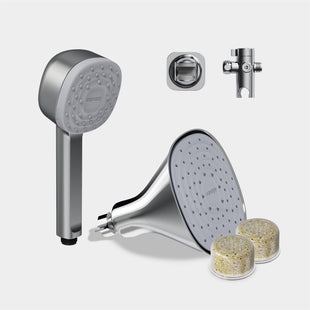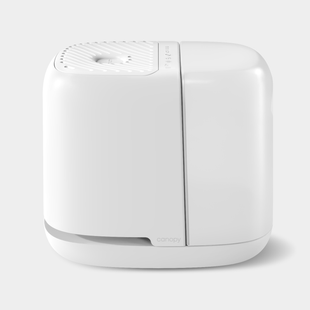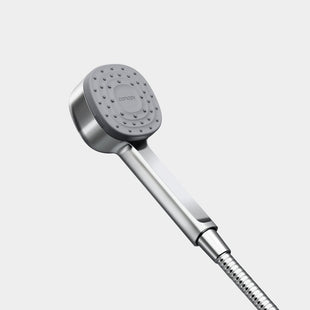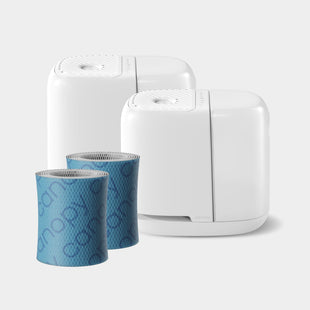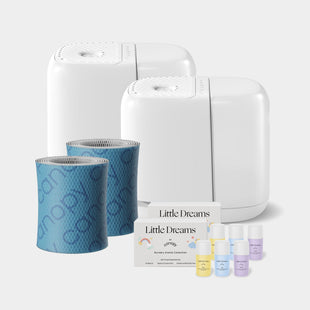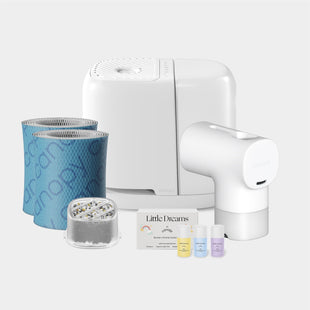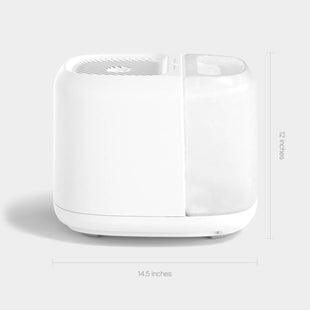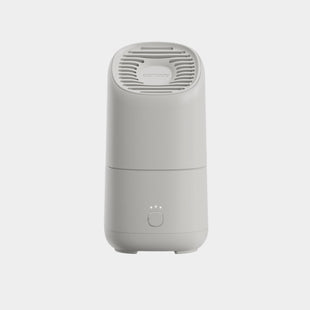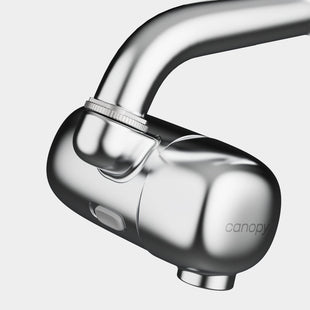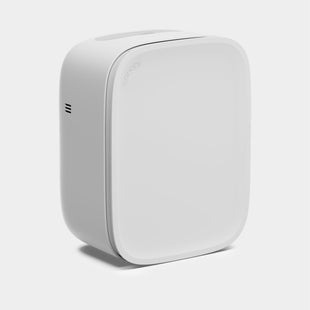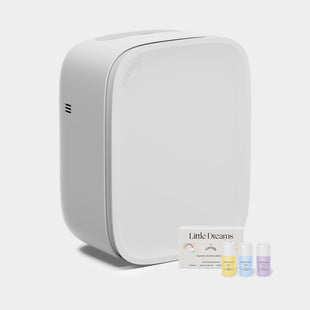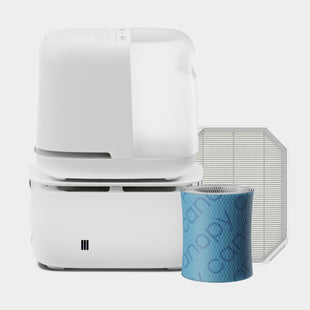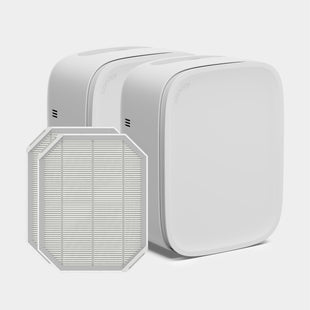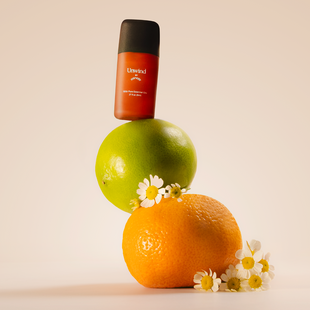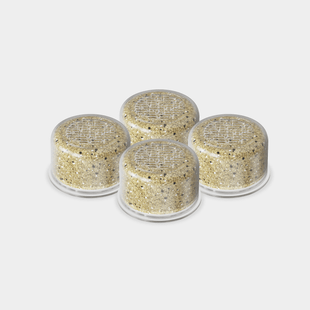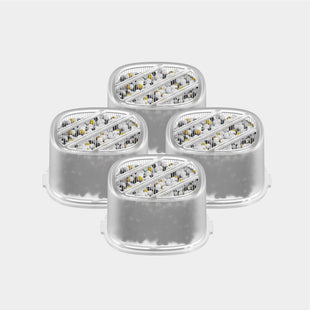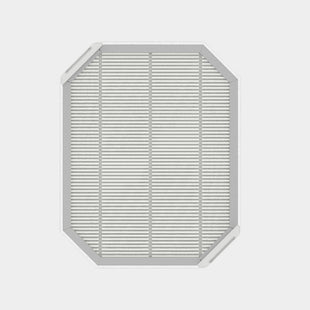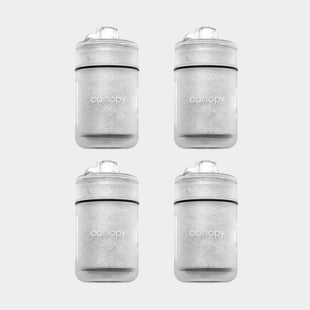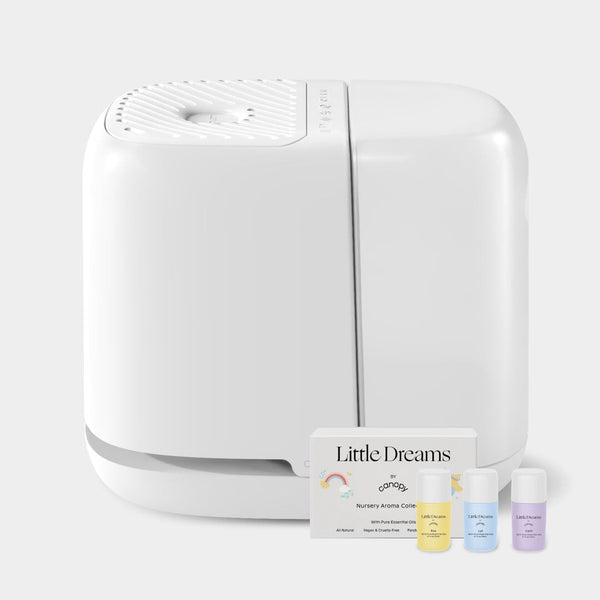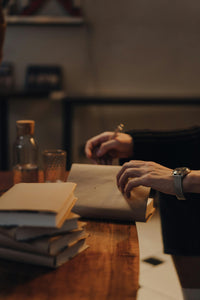Bath time is a big part of your kids’ daily routine. Whether your little ones love to splash around in the water or washing up requires high-level negotiations, there will eventually come a time when they can bathe on their own without your help.
The question, though, is when can kids bathe themselves? After all, safety experts and pediatricians remind parents that they should never leave children unattended around water—even in the bathtub. Like many other milestones, the transition to independent bathing happens gradually, and every child develops at their own pace. Knowing the answer to “What age do kids bathe themselves?” requires patience and preparation. When you can finally give your kids more independence at bath time, everyone wins. Read on to find out how to accomplish this goal.
Is Your Child Ready to Bathe Themselves? Signs to Watch For

Consider the best practices for what age kids can bathe alone and your child’s physical and cognitive development1. Most children start showing readiness around the ages of 4 to 6 but still require supervision for safety. By age 7 or 8, many kids can manage most of their bath routine with minimal guidance and the occasional check-in.
What should you look for before making children’s bath time a solo affair?
- Fine and Gross Motor Skills: They should be able to squeeze shampoo from a bottle, rub soap between their hands, and rinse themselves properly.
- Cognitive Awareness: They should understand the proper sequencing of a bath or shower, like washing their hair before their body and then rinsing.
- Safety Awareness: Kids should only bathe alone when they can be mindful of slipping hazards, water temperature, and keeping soap out of their eyes.
If your child progresses in these areas, they may be ready to take more responsibility in the bath. Let them go at their own pace, and don’t rush things.
How to Transition Your Child to Independent Bathing
As with any new skill, jumping from supervised bath time to washing up on their own requires guidance. One way to make things feel less overwhelming is to break the process into small, manageable steps.
Show your child how to wash their hair and body and use simple instructions like, “Scrub your arms and legs with the washcloth like this.” Try practicing together, letting them take the lead while you provide guidance. For example, allow them to shampoo their hair but help with rinsing.
Making the experience fun with playtime or a short song can help you create an enjoyable bath time for your child. But kids also need to focus on the task so they come out squeaky clean.
Set a timer so they don’t rush through washing too quickly, praise their efforts, and gently correct any missed spots. A little “Nice job getting behind your ears!” goes a long way toward building confidence.
Once they grasp the basics, a simple checklist can keep them on track. Try hanging a visual chart in the bathroom to make the steps second nature. A sample checklist might include:
- Run the water and check its temperature
- Wet hair and apply shampoo, then rinse thoroughly
- Use soap or body wash on the face, neck, arms, legs, belly, and back
- Rinse off completely
- Dry off with a towel and put on clean pajamas
Make Bath Time Safe and Comfortable
Even as kids become more independent, supervision is still essential to a safe bath time experience—especially if they’re under 7. It’s easy for kids to make the bath water too hot or cold, for instance, or get carried away while playing and hurt themselves.
Always check the water temperature with the back of your hand or a bath thermometer before your child gets in. It should be warm but not too hot (about 100°F or 38°C is ideal)2. Adding a filter to the tub spout can also help address the effects of excess minerals in the water.
Other ways to improve safety include putting non-slip bath mats inside and outside the tub and covering the bath spout to protect little heads from bumps.
Keeping the water about waist-high when seated is also essential to reduce drowning risks. In case they need your help, stay close by and within earshot even when your youngster can handle bathing alone.
At what age can kids bathe alone? While many children can manage most of the process by 6 or 7, they often still need reminders to wash thoroughly. By age 9 or 10, most kids can handle the entire bath routine independently (and are eager to do so) but you should continue to check in occasionally. Before you know it, you’ll have a teen tackling even more milestones.
Canopy and Kids' Bathtime: A Winning Combination
Bathtime is a chance for play, exploration, and bonding, so the tub should be a safe and comfortable environment. Make your child's next bath better with the Canopy Baby Bath Tub Filter, a multi-purpose device that reduces chlorine and other contaminants in bath water, helps parents monitor water temperature, and provides a soft protective cover for the metal spout.
Available in 5 soothing and stylish pastel shades, the Baby Bath Tub Filter is an all-in-one device made for sensitive skin. Whether you’re washing up after playtime or winding down before bedtime, it’s the perfect addition to any bath. Best of all, it’s easy to install—no tools needed—and dishwasher-safe.
Our tri-media filter reduces chlorine and other contaminants that can decrease hydration in the skin’s outermost layer, according to physicians21. Every device comes with a filter and the option to subscribe for quick and convenient replacements every 90 days.
Sources:
- When should I start teaching my child to bathe themselves? WFMC Health. Retrieved March 27, 2025, from https://wfmchealth.org/pediatric-health-care/when-should-i-start-teaching-my-child-to-bathe-themselves/
- Baby bath basics: A parent's guide. Mayo Clinic. Retrieved March 27, 2025, from https://www.mayoclinic.org/healthy-lifestyle/infant-and-toddler-health/in-depth/healthy-baby/art-20044438

